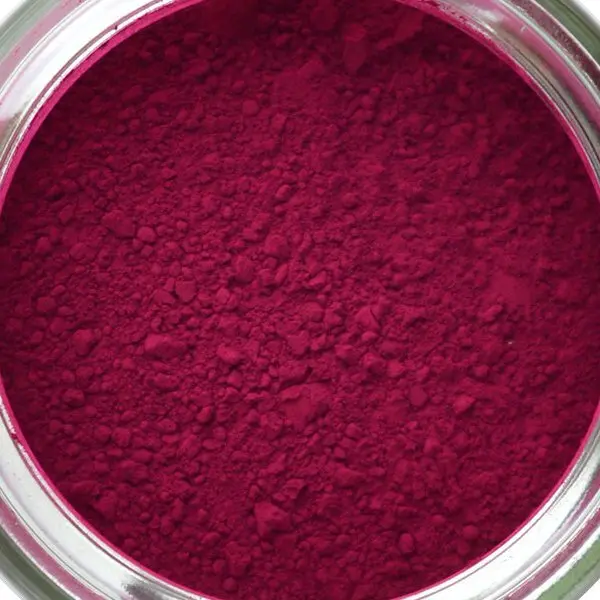Title photo by Kristen Rudd
There are over 7000 species of worm, of which 150 are widely distributed around the world!
Their bodies are made of many ridged segments covered in tiny bristle called ‘setae’, which help them grip the substrate allowing them to move forwards and backwards!

Photo by John Hallmén
They eat organic plant matter, fungi and other microorganisms!
Earth worms breathe through their skin, can breathe underwater and survive being submerged for quite some time!
They secrete mucus which helps them move through the soil and by contracting and relaxing different muscles, which alternates shortening and lengthening their bodies!

Photo by Aisling
Earthworms are mostly hermaphrodites (having both male and female sex organs), although recently a (nematode) worm was discovered that had 3 sexes, 1 part male, 1 part female, and 1 part hermaphrodite (it also lives in water 4 times saltier than the ocean and is immune to arsenic!)
One study found that worm sex can last between 69-200 minutes!
Both worms will get pregnant during sex, and each worm will use both their sex organs at the same time!

Photo by Reds.

Photo by Bob
Post exchange, each worm forms a collar-like clitellum around its body. This clitellum, filled with eggs and sperm, forms a cocoon when it’s pulled off. Inside the cocoon, fertilization occurs, resulting in hatchlings. via Bob
Each earthworm can produce up to 1000 baby worms every 6 months!
They are also capable of parthenogenesis, where they can reproduce asexually without the need for fertilisation
Earthworms will swallow tiny stones which they keep in their gizzard, these grind up vegetation and other organic matter to help digestion!
They have a closed circulatory system (like humans) which has 5 pairs of aortic arches which work together like 10 hearts to circulate blood- pushing it in one direction, then pulling in the other. (Most invertebrates have a simple pumping of fluids around an open system, which washes inside the body with blood extracting and exchanging nutrients and waste)

Earthworm Dissection by threeflowersphotography
Earthworms are Soil Engineers, their burrowing mixes soil, aerates substrate and converts complex organic matter into earthworm poo, which is then used by plants. They are critical to our growth of food and trees, without them soil density would increase, reducing the ability of roots to take up water and breathe!

Photo by John Glover
Earthworms have also been observed exhibiting social behaviour by forming herds and making ‘group decisions’ by using touch to influence each other!
…[They] tested how the worms affected each other’s behaviour, investigating whether the worms use either chemical signals or touch to decide which chamber to move to…[Results] indicated that the worms did not leave a chemical trail behind them that communicated their direction of travel… …suggesting that they used touch to communicate where they were going. Source
Now give our worm friend a kiss!

Photo by Dave Buckley
All info from here and here, unless otherwise stated
Disclaimer! I’m not an expert, I just like learning and sharing fun things…any mistakes, leave a comment and I’ll edit, Cheers!
edit, added (nematode) for clarification

Also in South Africa they have a species which is ENORMOUS!!
They are also the Guiness World Record holders for being the biggest (so far) discovered!
I’m probably going to do a specific post on giant worms, because why not?
Damn. I’m not scared of earthworms, but a 6-meter one might make me take pause for a little.
Fortunately they’re slow moving! I did imagine that they’d have the girth of a python or anaconda, but they seem to be around 2 inches or so…and as a lot of creatures like this, they’re either at risk or endangered